Blog
Product Reviews & Buyer Psychology
Do product reviews positively or negatively affect the buyer psychology of your online shopper?
Let’s start by understanding the buyer psychology of product reviews:
- Product reviews drive conversions. According to Reevoo stats, 50 or more reviews per product can mean a 4.6% increase in conversion rates.
- Product reviews also reduce return rates. Products with 50+ reviews have a return rate that is half that of those with less than 5 reviews. (Bazaarvoice.com research).
Why is it that reviews have such a big influence on buyer psychology? Simply put, it’s because shoppers know marketers lie exaggerate.
Product Reviews Counts and Buyer Psychology Paradox
A lot of sites have a lot of reviews. Maybe too many.
Here are some examples:
Soylent.com (566 reviews):
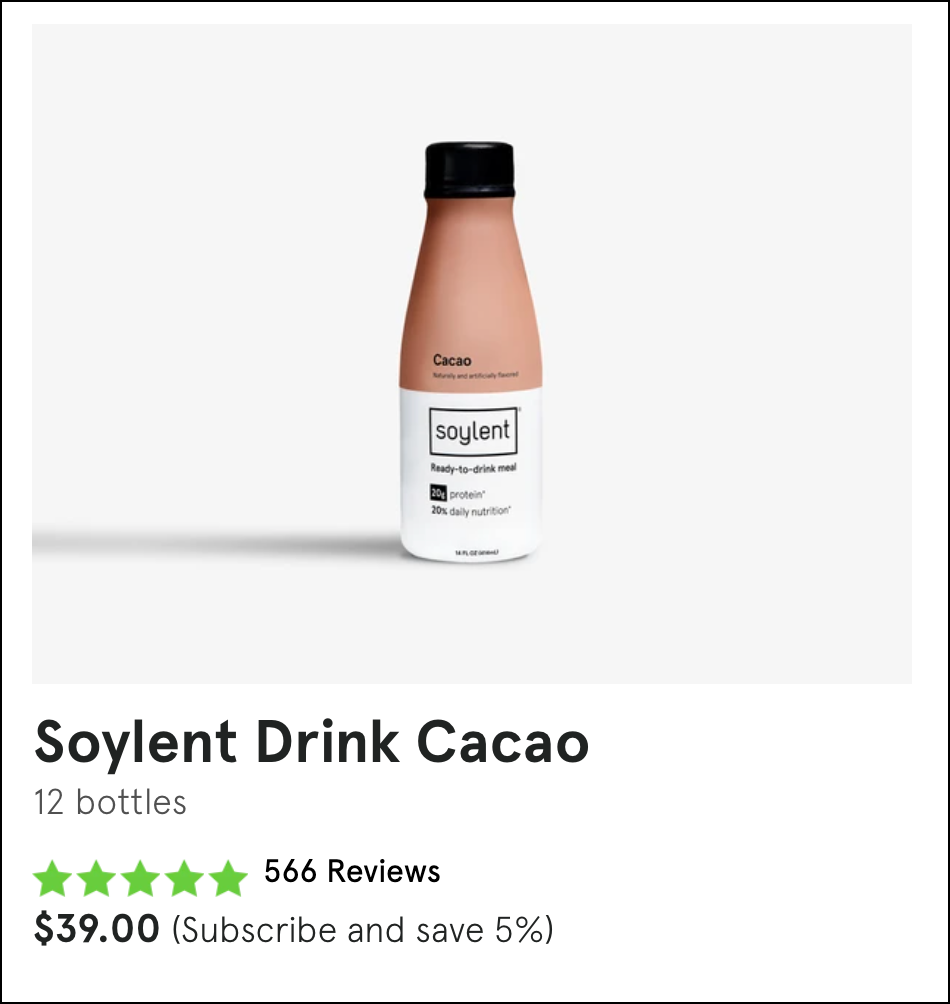
Kansascitysteaks.com (855 reviews):
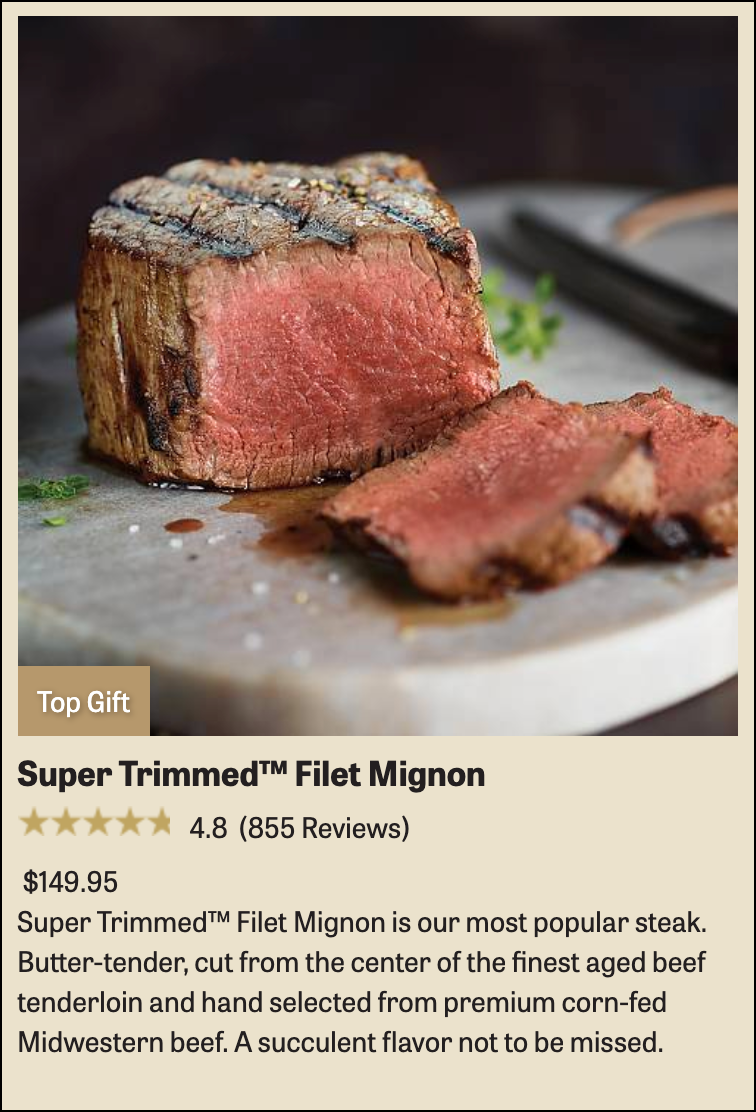
VitalProteins.com (3,177 reviews):
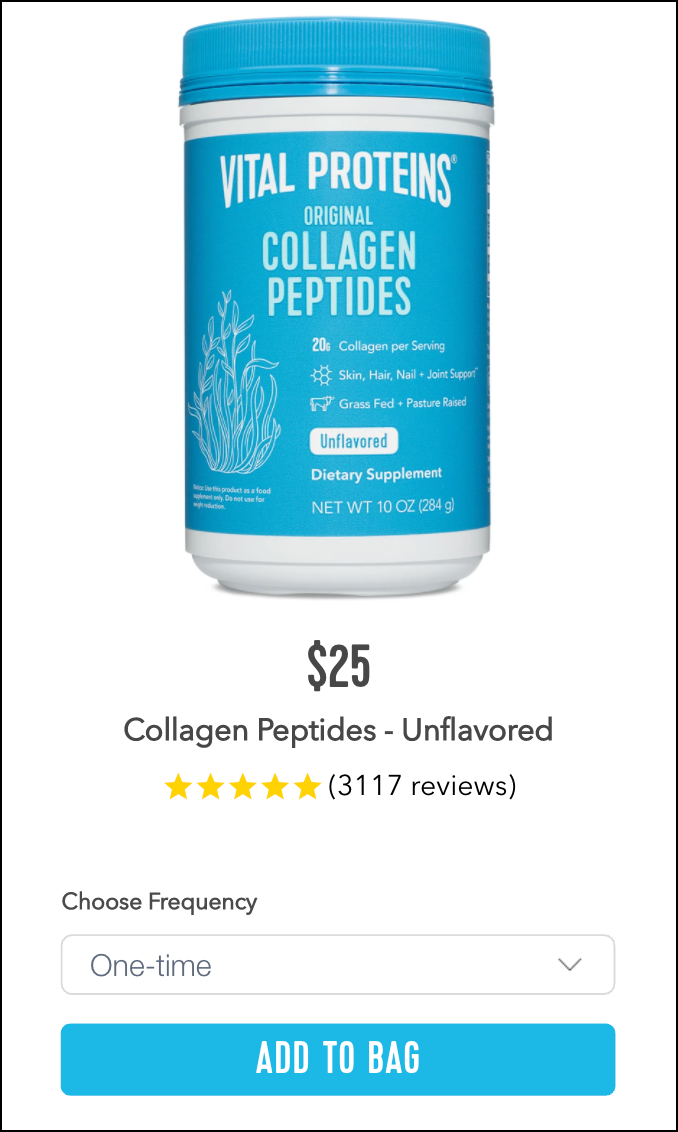
CoopHomeGoods.com (12,041 reviews!):
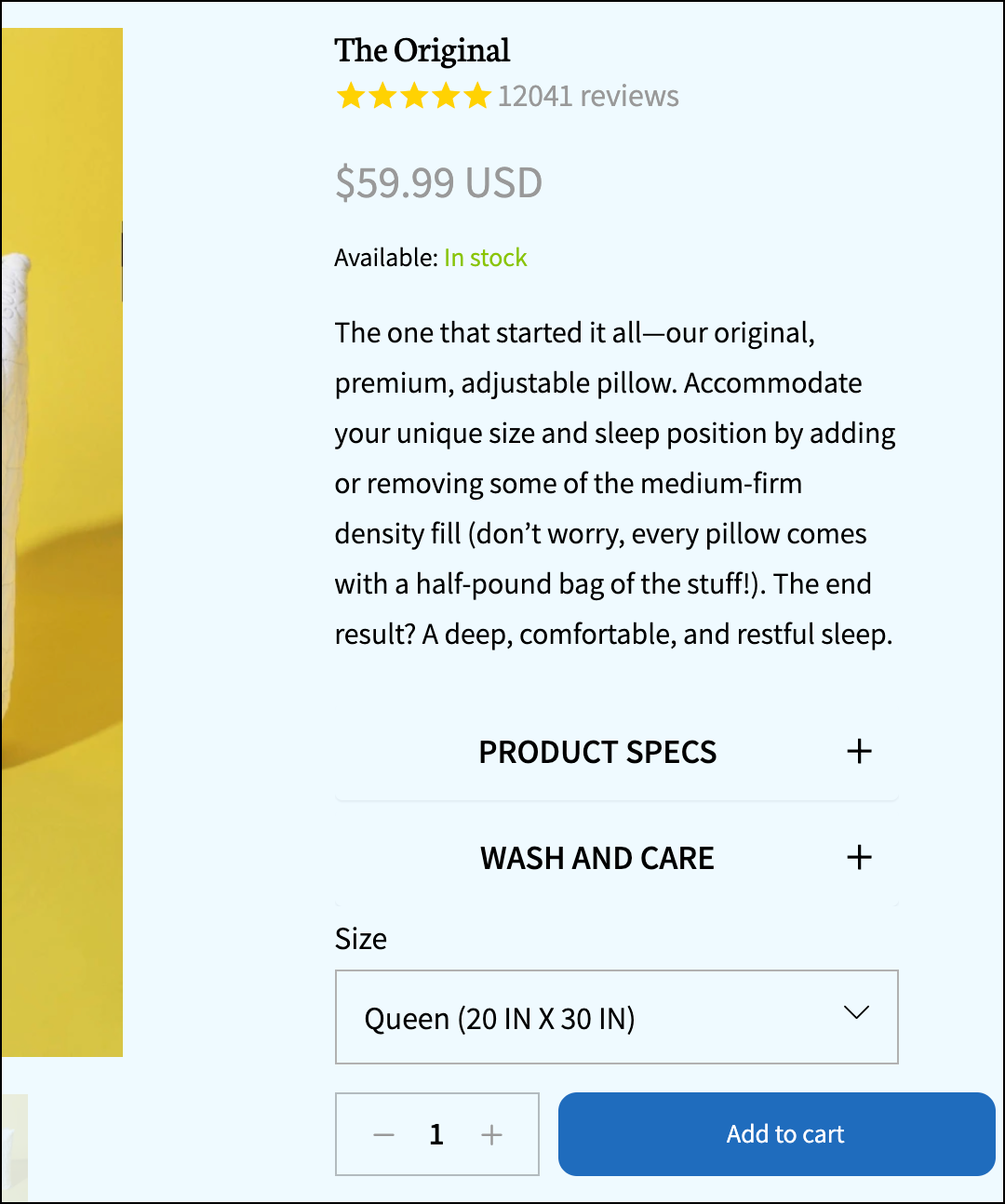
As the product review count goes up, the review interface starts to get unwieldy. No one has the time to read 12,041 reviews:

Correction: I just realized they only show 10 pages by default. The actual number of pages is 3,000! Holy moly.
Rayconglobal.com (46,000 reviews):
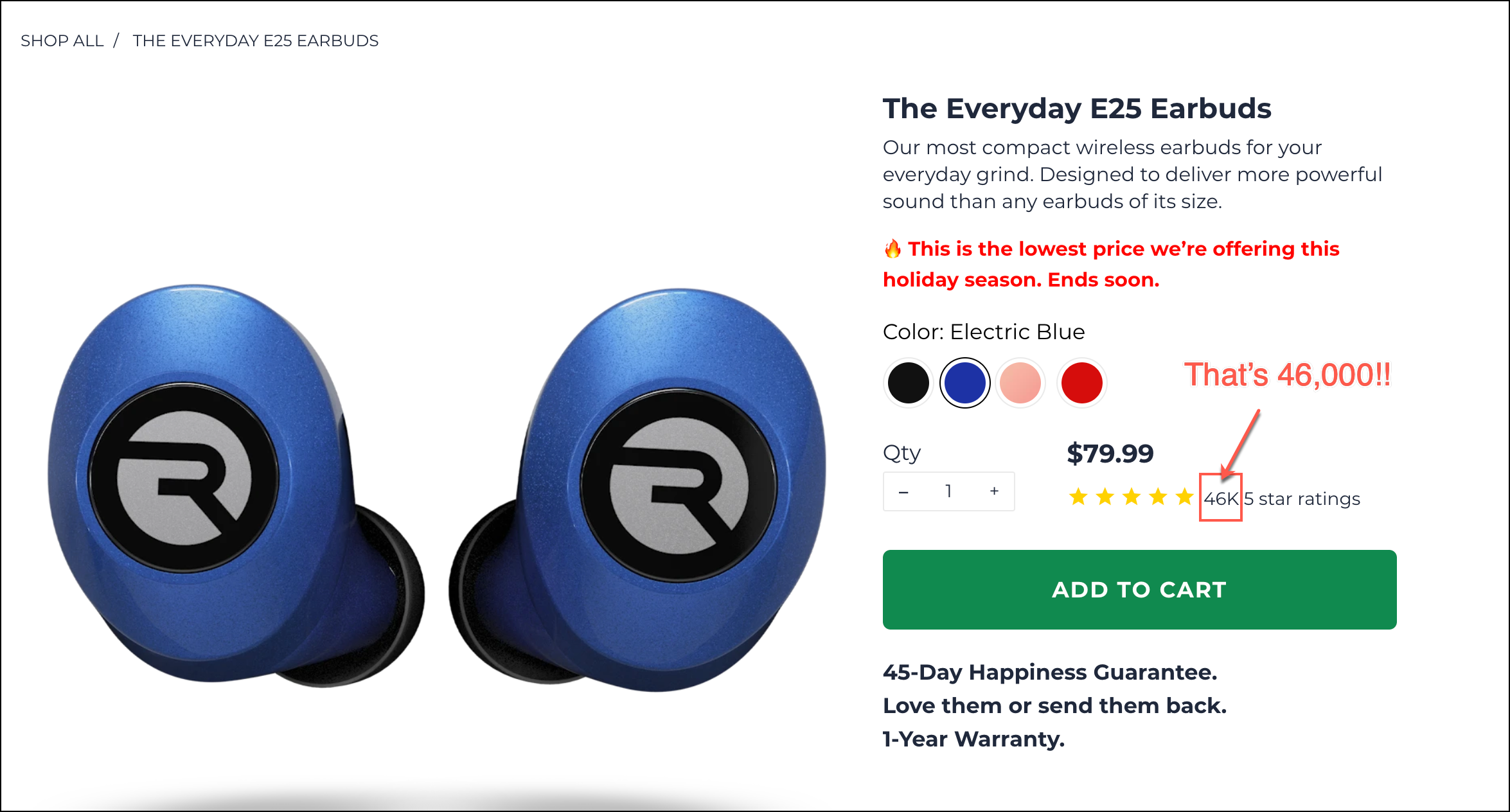
At This Point, Is the Review Count Really Providing Value?
- Maybe some people will just see the top line number of 12,041 and say, “that’s good enough for me. I’m ready to buy“. For these people, the product review count is enough to influence their buyer psychology.
- Some will look at the first 10 and be convinced.
- Some would personalize the sorting options (screenshot below) and that would be enough to influence their purchase intent. We know from testing that buyer psychology is greatly influenced by adding any type of personalization options.
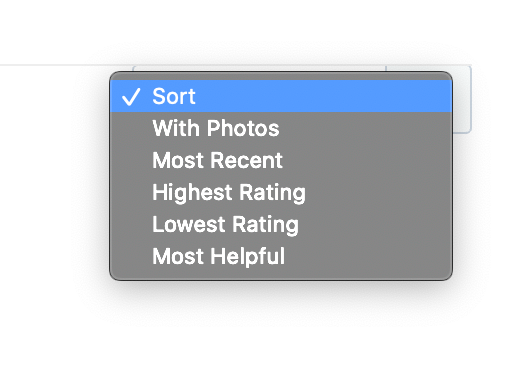
Two Possible Solutions
Amazon.com has partially solved this by allowing shoppers to search within reviews using a keyword (screenshot below). This is powerful because the keyword shoppers pick is most likely the keyword that would have the biggest influence on their buyer psychology.
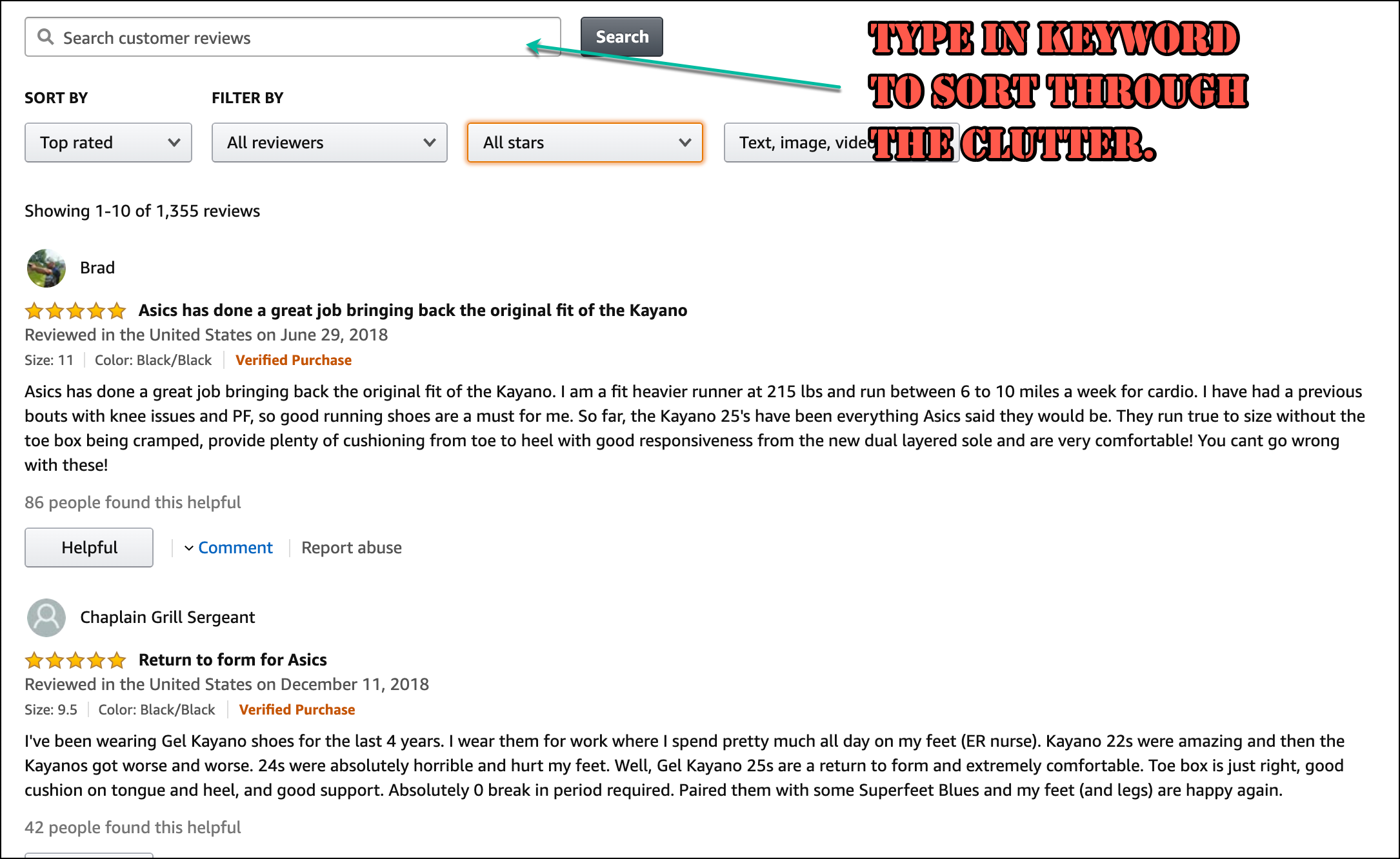
Another solution is one used by Casper.com. This is what they do.
But these aren’t enough because the core issue with reviews is that shoppers either write too little:

Or they write too much and incoherently. Your shoppers haven’t had training on techniques to influence buyer psychology.
There Must Be a Better Way
There is. It just hasn’t been invented yet. But I hope to invent it. Here is the basic idea. I love infographics (an example of an infographic). I love them because they:
- Show info visually instead of as a wall of text.
- The user can zoom into the most important details instead of having to tease out that info by reading a super long description.
But First…
Before we go down the rabbit hole of building an infographic, we need to pick the attributes to be plotted on the infographic.
The Idea
After X number of days, we’ll email recent purchasers. The idea is to ask very specific questions and collect very specific information which will be added to an infographic.
High participation will make the infographic content more impactful. An infographic based on 50 buyer responses is way less valuable than one based on 5,000 buyer responses. So you need to get creative.
Design of Product Reviews Email
Here is what we imagine the review request email to look like:
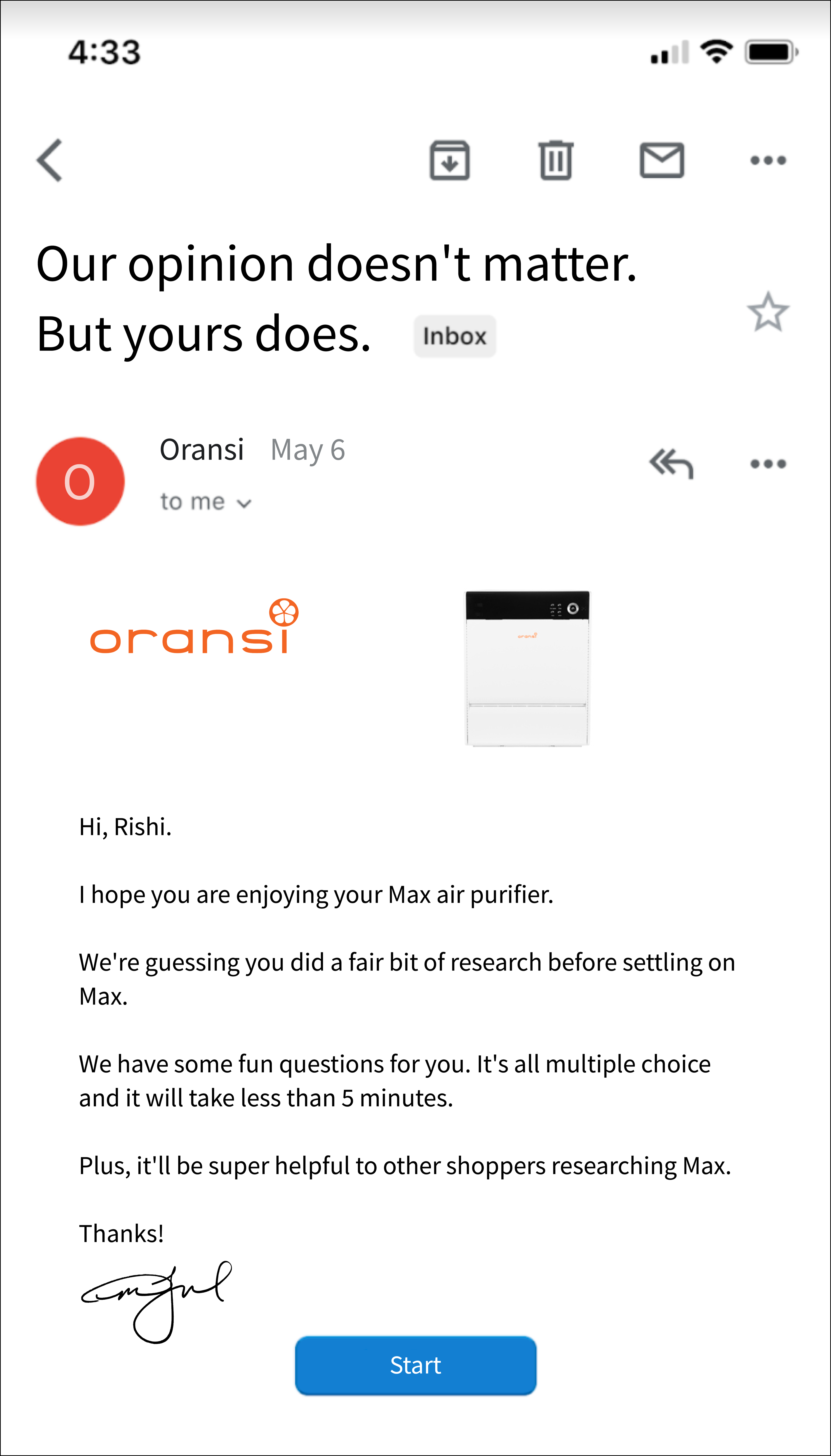
And when you click {Start} we’ll take the user to the landing page where we’ll start collecting their responses (like we explain in the next section):
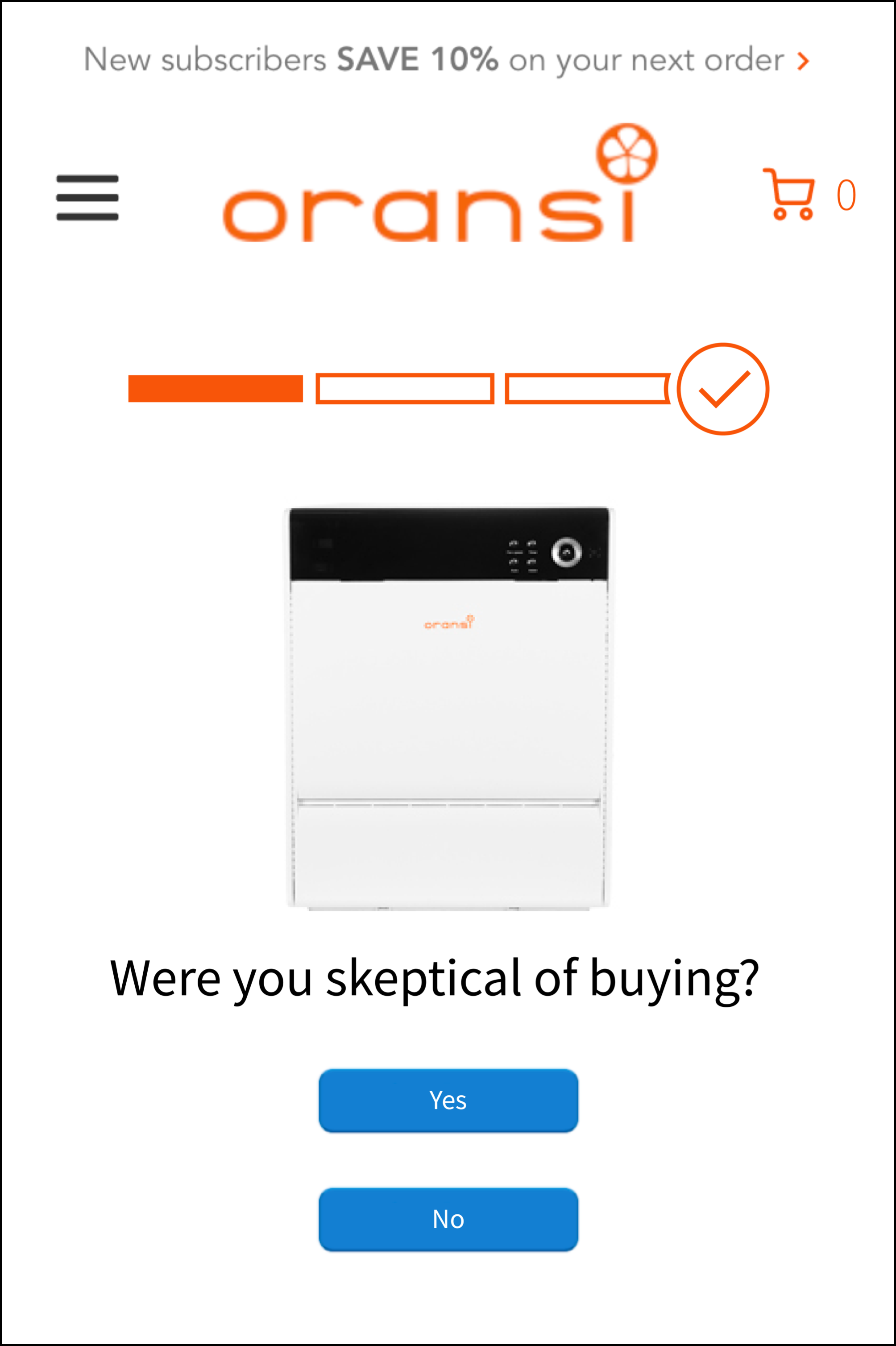
List of Attributes
Here are the questions I’d like to have my past buyers answer:
Were you skeptical before buying*? [yes] [no]
* Why you shouldn’t be scared to ask this question: 99% of buyers are skeptical before buying. People on your product page right now are skeptically reading your product description. Knowing that past buyers were skeptical but happy post-purchase will directly relax their buyer psychology.
What surprised you the most? [option 1] [option 2] [option 3] [option 4]
Have you tried products like ours in the past? [yes] [no]
If they pick [yes] we’ll ask: How did they fall short? [option 1] [option 2] [option 3] [option 4]
Do you wish you hadn’t waited this long to make the purchase? [Yes] [No]
How Would We Present the Answers?
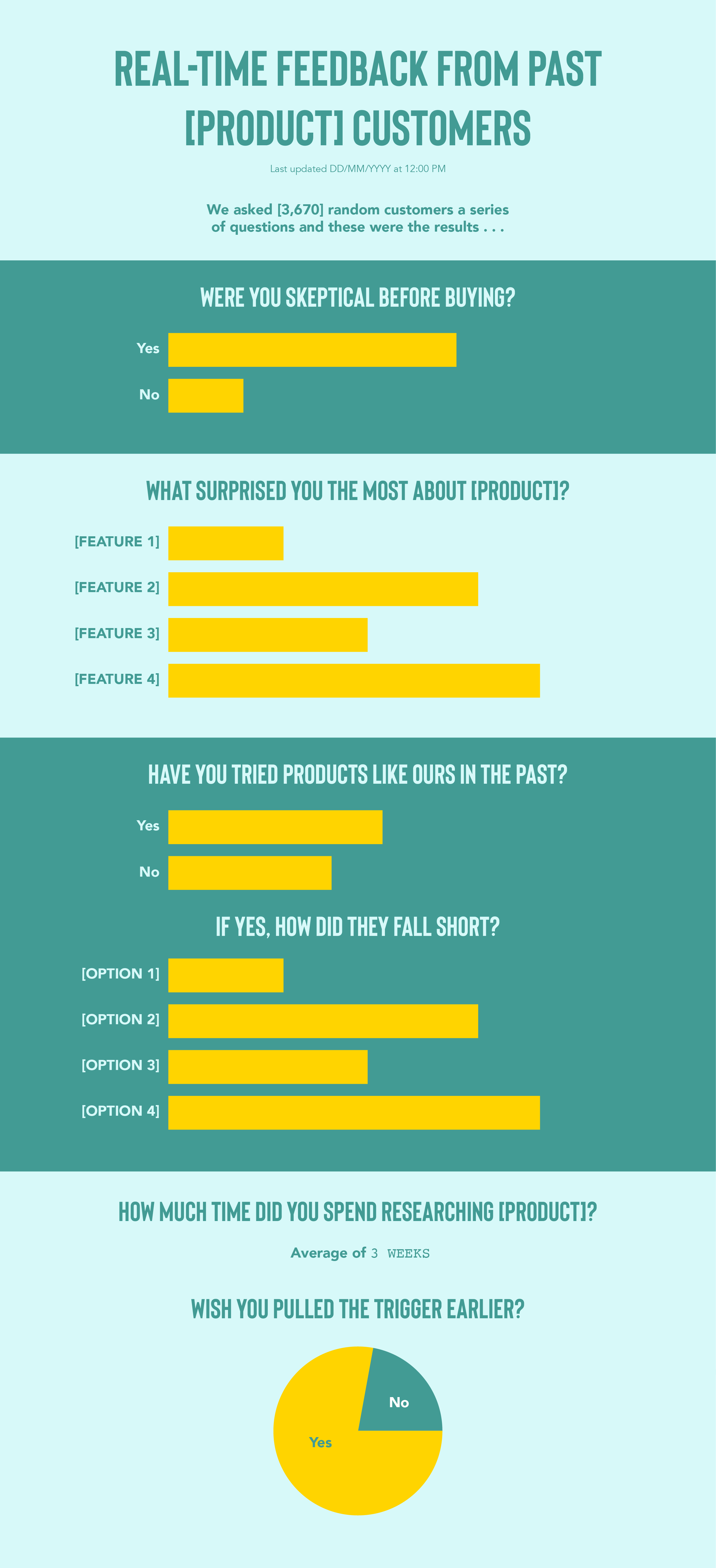
Ok, so How Do We Collect These Responses?
Do you know how product finder wizards ask a bunch of questions and help new site visitors find the perfect product? This will be exactly the same but it will be sent to past shoppers and used to collect their responses.
The key element here is that the interface has to be slick and super easy to use.
Hidden Conversion Benefit
I almost forgot. The infographic offers yet another conversion boost. Here’s how: because we as the marketers can frame the questions ourselves, we can control the tone of the infographic, which means we can control the buyer psychology and, ultimately, the conversion rates.
Note
Remember, this is version 1 of my concept. Over time I plan to both make these questions way more strategic (to have a bigger impact on buyer psychology) and personalize them based on the type of product that’s being sold. Clearly, the questions for dog wheelchairs (link) would be different from the questions about home air purifiers (link)
In Summary
It’s clear that product reviews impact buyer psychology. But if you have too many, you really need to use this wizard concept to maximize conversions.
Still Interested?
If this topic of product reviews and conversion rates fascinates you as much as it fascinates me, you will love this research paper.
About Us
If you like this idea you’ll love to see what we’ve learned in the last 13 years.




